NYC’s Forgotten ‘War on Christmas Trees’
Discover how an obscure holiday crackdown affects festive street vendors today!


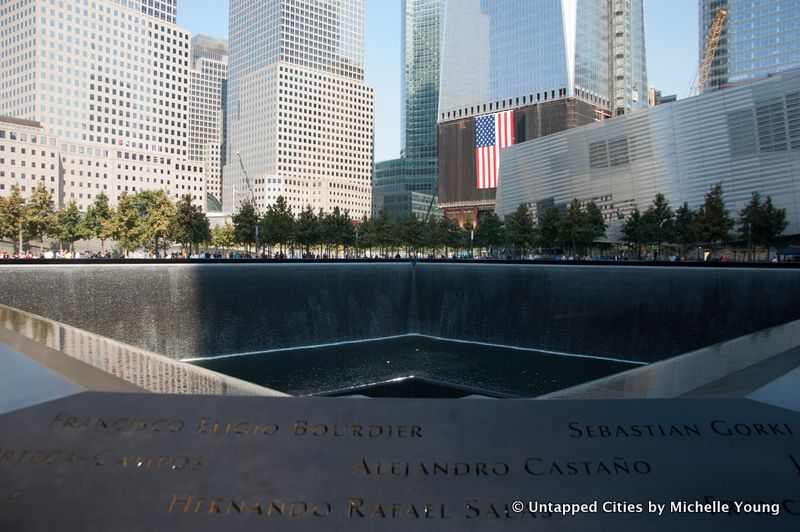
The National September 11 Memorial opened in downtown Manhattan in 2011 to honor the 3,000 people who lost their lives in the terrorist attacks on September 11, 2001 at the World Trade Center, Shanksville, Pennsylvania, and the Pentagon, along with the six people who were killed in the World Trade Center bombings in February 1993.
We bring you the top 10 secrets of the memorial, ranging from the design, the costs, to the rules & regulations.
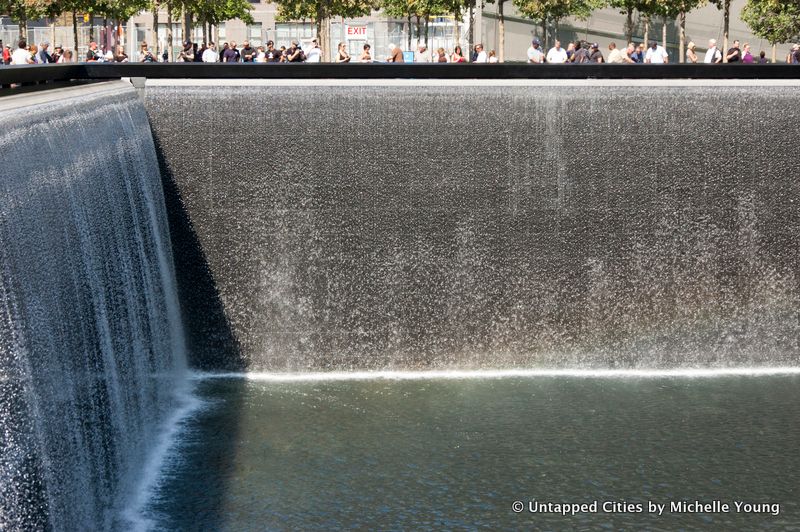
The two reflecting pools are the center piece of the 9/11 Memorial’s design, a work titled “Reflecting Absence” by Michael Arad. The pools cover the exact footprints of the original Twin Towers. Each is about an acre in size and together they make the largest man-made waterfall in North America. The falls blast about 26,000 gallons of water a minute over the 30-foot, black granite walls. There was some concern that the waterfall might be too loud for the Memorial, but the president of the 9/11 Memorial, Joseph Daniels explained that the sound is calming, like the sound of the ocean. “It’s perfect,” he said. “Not overwhelming at all.”
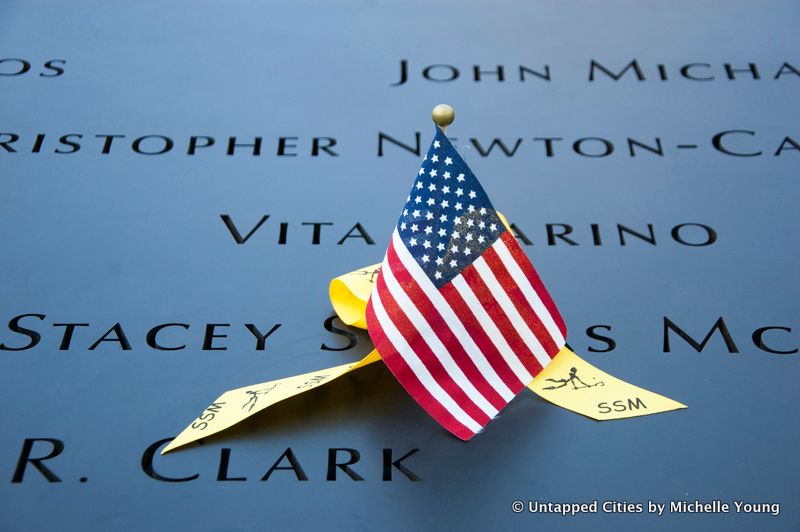
Architect Michael Arad’s design of the bronze parapets surrounding the waterfalls were designed so the names could be touched by friends and family members. While Arad and many others thought this was moving, the Lower Manhattan Development Corp. saw a lawsuit. According to the New York Post, sources said that there was a fear the bronze would retain heat during the summer and burn whoever touched it. Likewise, they’d get frostbite from touching it in the winter with an un-gloved hand.
Choosing not to dismiss the design, the 9/11 Memorial budgeted an extra $3.5 million to install copper cooling and heating pipes behind the parapets to keep the bronze comfortable for touching year-round. After the installation was finished, the price for keeping the bronze at the right temperature came out to $4.3 million, excluding the cost of maintenance.
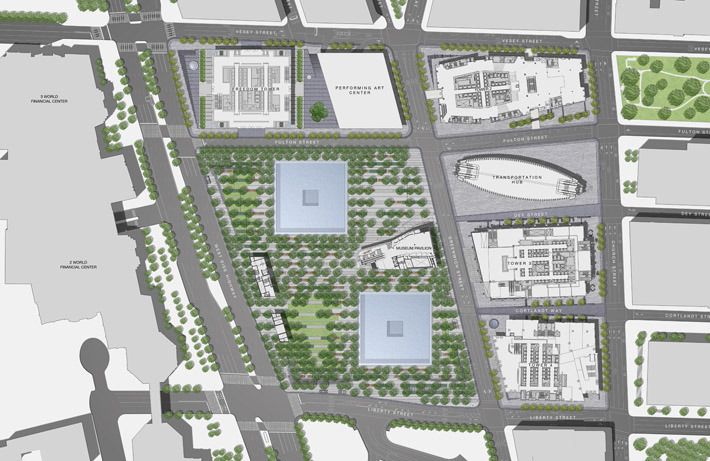
Design concept for the memorial. Image via PWP Landscape Architecture
In 2003, a competition was held to choose the design for the 9/11 National Memorial with considerably less controversy than over the design of the World Trade Center site itself. There were a total of 5,201 submissions from 63 nations. The winning design “Reflecting Absence” came from architects Michael Arad and Peter Walker. You can read an excerpt from their submission detailing the reasons behind their design decisions here. According to the Memorial Jury that chose the winner, the design “fulfills most eloquently the daunting but absolutely necessary demands of this memorial. In its powerful, yet simple articulation of the footprints of the Twin Towers, ‘Reflecting Absence’ has made the voids left by the destruction the primary symbols of our loss.
“By allowing absence to speak for itself, the designers have made the power of these empty footprints the memorial. At its core, this memorial is anchored deeply in the actual events it commemorates-connecting us to the towers’ destruction, and more important, to all the lives lost on that day….”
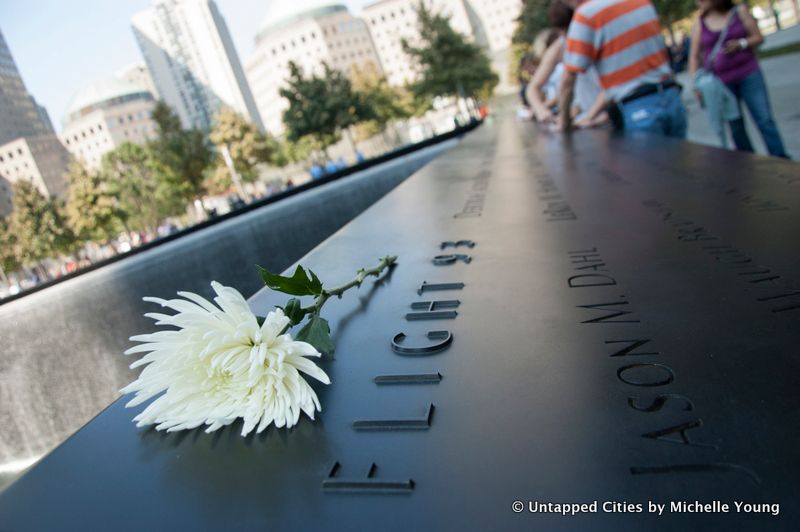
What makes the arrangement of the victims’ names on the bronze parapets surrounding the reflecting pools unique is that they are not grouped alphabetically. Instead, the names are organized into three levels of “meaningful adjacencies” that reflect which tower they were in, their affiliations, and their personal relationships. According to Michael Arad, the design concept “allows us to place the names of those who died that day next to each other in a meaningful way, marking the names of family and friends together, as they had lived and died.”
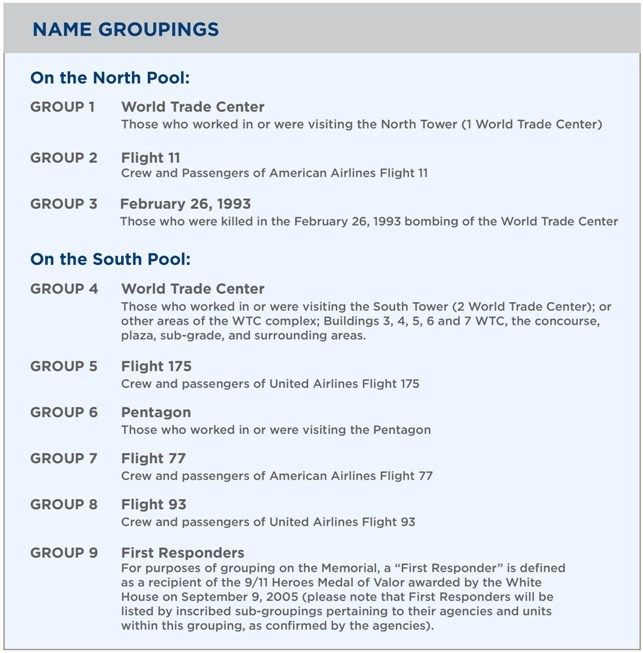
Image via 9/11 Memorial
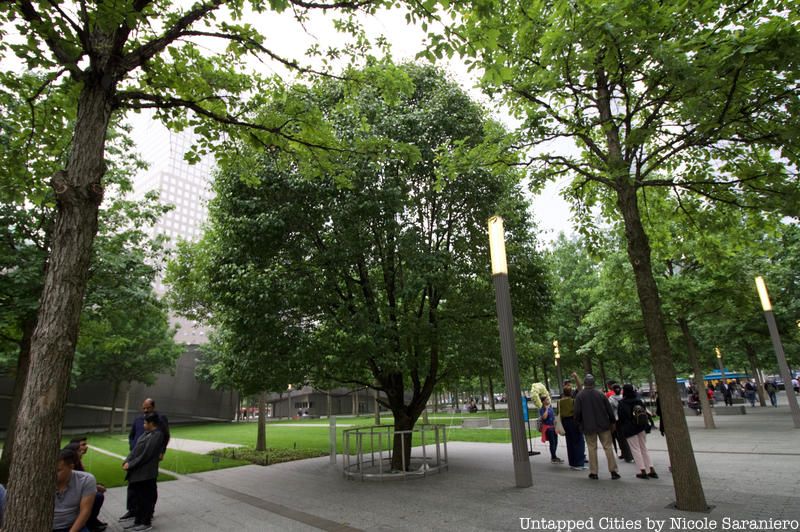
Standing as a living reminder of resilience, survival, and rebirth is the Memorial’s “Survivor Tree.” Found in the rubble at Ground Zero in October 2001, the severely damaged Callery pear tree was sent to the NYC Department of Parks for recovery and rehabilitation. In 2010, it was brought back and planted at the Memorial, alive and thriving with new smooth limbs growing from the marked, gnarled stumps. According to the 9/11 Memorial organization, the gnarled stumps create “a visible demarcation between the tree’s past and present.”
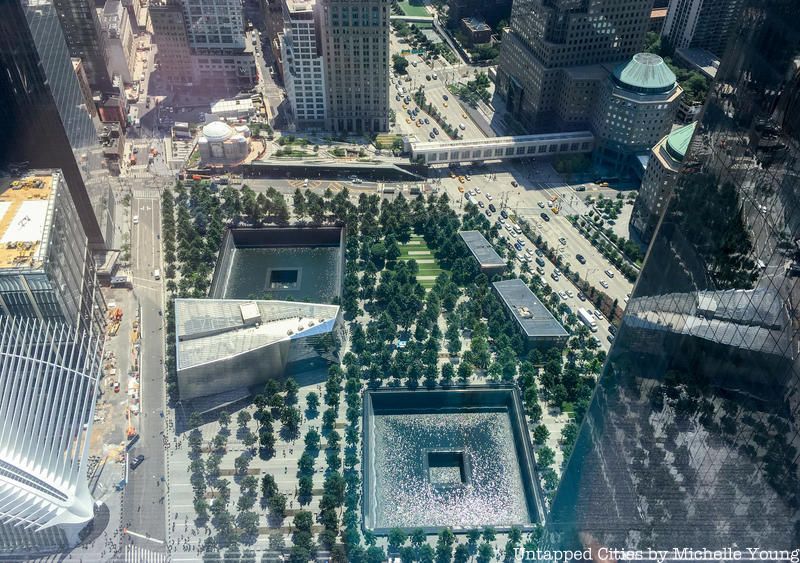
It’s no accident that the 9/11 Memorial Plaza is one the most sustainable, green plazas ever constructed. It was specifically designed and built as such to meet requirements of New York State Executive Order 111 for “Green and Clean” State Buildings and Vehicles and the WTC Sustainable Design Guidelines to promote environmentally friendly practices. The irrigation, storm water, and pest management systems were all designed to conserve energy, water, and other resources to pursue the Gold certification in the US Green Building Council’s LEED for New Construction program.
Take the official guided tour of the 9/11 Memorial

With every part of the design very carefully planned, even the trees at the Memorial Plaza are purposefully chosen. The swamp white oaks were chosen in part of their durability and leaf color, changing into a beautiful golden-brown and even pink color in the fall, but for the 9/11 Memorial, location is everything. These trees were chosen by crew members within a 500-mile radius of the World Trade Center. Additionally, there were ones coming from Pennsylvania and Washington D.C. close to the areas that were also impacted by the September 11 attacks.
The trees can grow to be 60 feet tall, but no trees will ever look identical as a physical reminder “that they are living individuals.” Today, there are more than 400 trees planted around the reflecting pools.

When it came time to start allocating money and creating a budget for the memorial, nothing was considered too much. After all the grief, sadness, and anger surrounding the attacks, everyone wanted there to be a proper memorial, no matter the cost. But in 2005, the project price was approaching $1 billion. That’s almost as much as it cost to build the original World Trade Center towers in the 1970s.
The project was stalled for another year, until Mayor Bloomberg took over as Chairman of the memorial’s board. After donating $10 million himself, he set out to cut that $1 billion budget in half to $500 million. According to the New York Post, Bloomberg explained that “There’s just not an unlimited amount of money we can spend on a memorial […] Any figure higher than $500 million would be inappropriate.”
In 2012, just one year after the memorial opened, although many costs were cut, the delays and design changes reworked the budget to be $700 million, and at the time, the Port Authority claimed they were still $300 million short of finishing the job. But after the museum opened, costs are now aimed at maintenance. And now, we can compare it to the $5 billion of the World Trade Center Transportation hub.
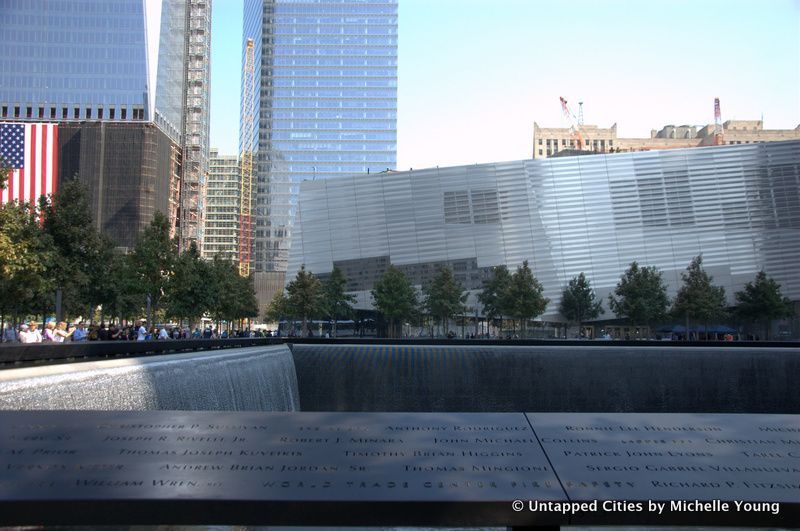
While the Museum and Memorial have rules & regulations much like any other in the country, this one’s quite interesting. Since the memorial is an open plaza, you would think people might come in and play their instruments like we see happen all over the city. But according to Visitor Rule XXI: “Visitors may carry musical instruments onto the Memorial Plaza as personal belongings, however they cannot be utilized, unless authorized by permit.” Once, North Carolina Middle School choir did an informal performance there, but was told to stop because their singing was a “public demonstration” and they didn’t have a permit.
Additionally, the rule extends to the Museum where
As for sketching on the Plaza, “Sketching with any type of material is permitted on the Memorial Plaza and inside the 9/11 Memorial Museum Store at Vesey, as long as it does not impede pedestrian traffic in any way.” But if you’re interested in sketching inside the Museum, then be sure to bring only a pencil, as that is the only kind of drawing utensil you can use in the vicinity.

When the Memorial opened in 2011, passes were needed in advance and security screenings were performed on visitors looking to see the outdoor Memorial Plaza. From September 2011 to May 2014, the area was closed to the general public in that you couldn’t freely walk in and out of the plaza without a ticket. This was known as the “Interim operating period.” Since May 2014, the 9/11 Memorial is open daily and free of charge to the public from 7:30am to 9:00pm.
Next, check out 10 Remnants of the World Trade Center Still on Site, or go inside the National 9/11 Memorial Museum or discover 10 Powerful World Trade Center Artifacts and Memorials on Display in NYC
Subscribe to our newsletter